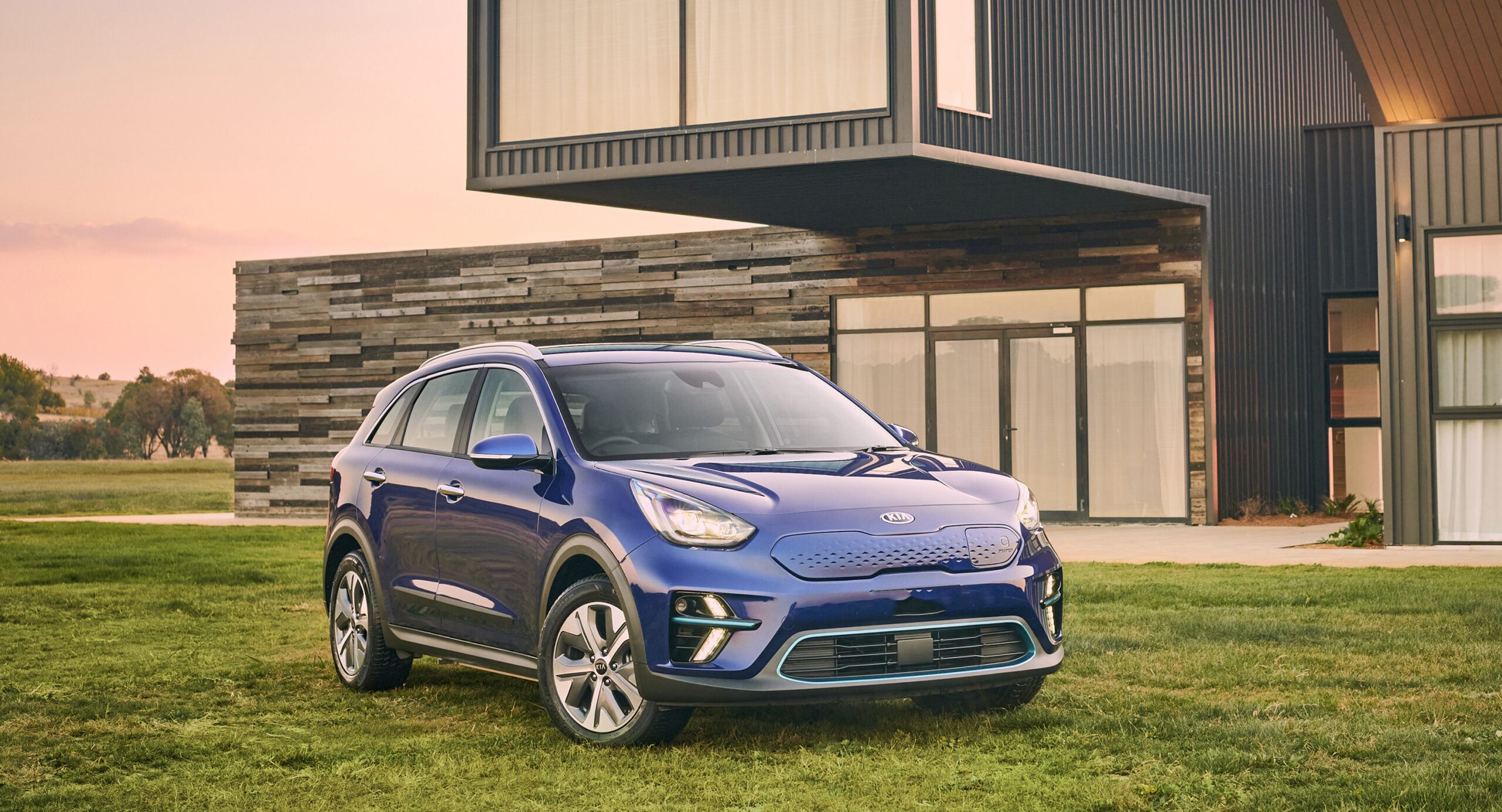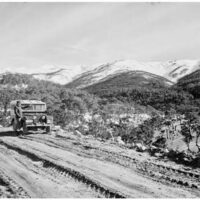G’Day and welcome to Overdrive, a program that relishes all sorts of information and experiences in the world of motoring and transport and its relationship to our culture
I’m David Brown
And once again I am joined by the intellectual Mr Paul Murrell
More of our thoughts, ideas and ramblings are covered on our website, podcast or social media – just search for “Cars Transport Culture”
Subjects
- Renault History and in Australia (0:59)
- Driving the new Renault Arkana at Orange (9;37)
- Shannons classic – being driven around the race circuit in a 1928 Rolls (31:11)
- Feedback – What will make a classic car in the future (41:22)
News story summaries
Renault History and in Australia
Renault’s history dates back to 1898, founded by three brothers, Louis, Marcel, and Fernand. Their journey, marked by ups and downs, saw many partnerships, including the major Renault-Nissan Alliance, which later became the Renault-Nissan-Mitsubishi Alliance. The company has been deeply involved in platform and knowledge sharing.
Tragically, Marcel died in a motor race in 1903, and Fernand retired due to illness. Louis’ life ended in gaol during WWII, his motives questioned. Renault’s innovative beginnings included taxis, which played a crucial role during WWI, transporting troops to the front line, symbolising a touch of luxury in dire circumstances.
Driving the new Renault Arkana at Orange
With the introduction of the Esprit, a higher specification level for their Arkana small SUV, Renault Australia is making a strategic move to revitalise its brand across both passenger vehicles and commercial vans.
The small SUV segment is highly competitive, with 22 different models in the under-$45,000 subcategory.
The Arkana now has two variants—the Techno (from $41,000 plus on-road costs) and the Esprit ($45,000 plus on-road costs).
Renault Managing Director Glen Sealey agrees that this is part of maintaining its European chic appeal.
Shannons classic – being driven around the race circuit in a 1928 Rolls
I attended the Shannons Classic at Sydney Motorsport Park, featuring 1,500 classic vehicles. Though not all were luxury cars, some stood out, like a Citroen 2CV Charleston with a two-tone maroon and black paint job, resembling spats shoes. The owner shared captivating stories about the car and his motoring history. One notable tale involved him, at 23, driving a Rolls Royce in Europe, thanks to a generous boss who sent him overseas to buy it. Back then, Australians could save on tariffs by buying cars in Europe, driving them for a while, and then bringing them home.
Feedback – What will make a classic car in the future
At the Shannons Classic, our good friend Evan was driving the Clerk of the Course car, a Hyundai Ioniq 5 electric vehicle. Though a modern car, it was referred to as a “caged tiger” due to the slow pace of the demonstration lapse.
We posted pictures on Facebook, suggesting that in 20 years, it could be considered a classic due to its style and performance. This sparked controversy, with some dismissing the idea, claiming it would be scrapped in a decade. Stuart Poole even joked it would end up as cat food tins. Jordan Mullet’s cheeky response, “OK Boomer,” highlighted generational differences in how people view modern vehicles and the evolving definition of a classic car.
Web Site: Driven Media: drivenmedia.com.au
iTunes: Cars Transport Culture
Spotify: Cars Transport Culture
Or our social pages
Or YouTube site
Search for Cars transport culture
And this has been overdrive
Thanks to
- Paul Murrell
- Renault Australia
- Glen Sealey
- Mark Wesley
- Bruce Potter
for their help with this program.
You can get more of our work including longer versions of the program on our website, through our podcasts, or more visual information on Facebook, Instagram or YouTube. In all cases search for cars transport culture.
Overdrive is syndicated across Australia on the Community Radio Network
Originally broadcast 31 August 2024
I’m David Brown
Thanks for listening






